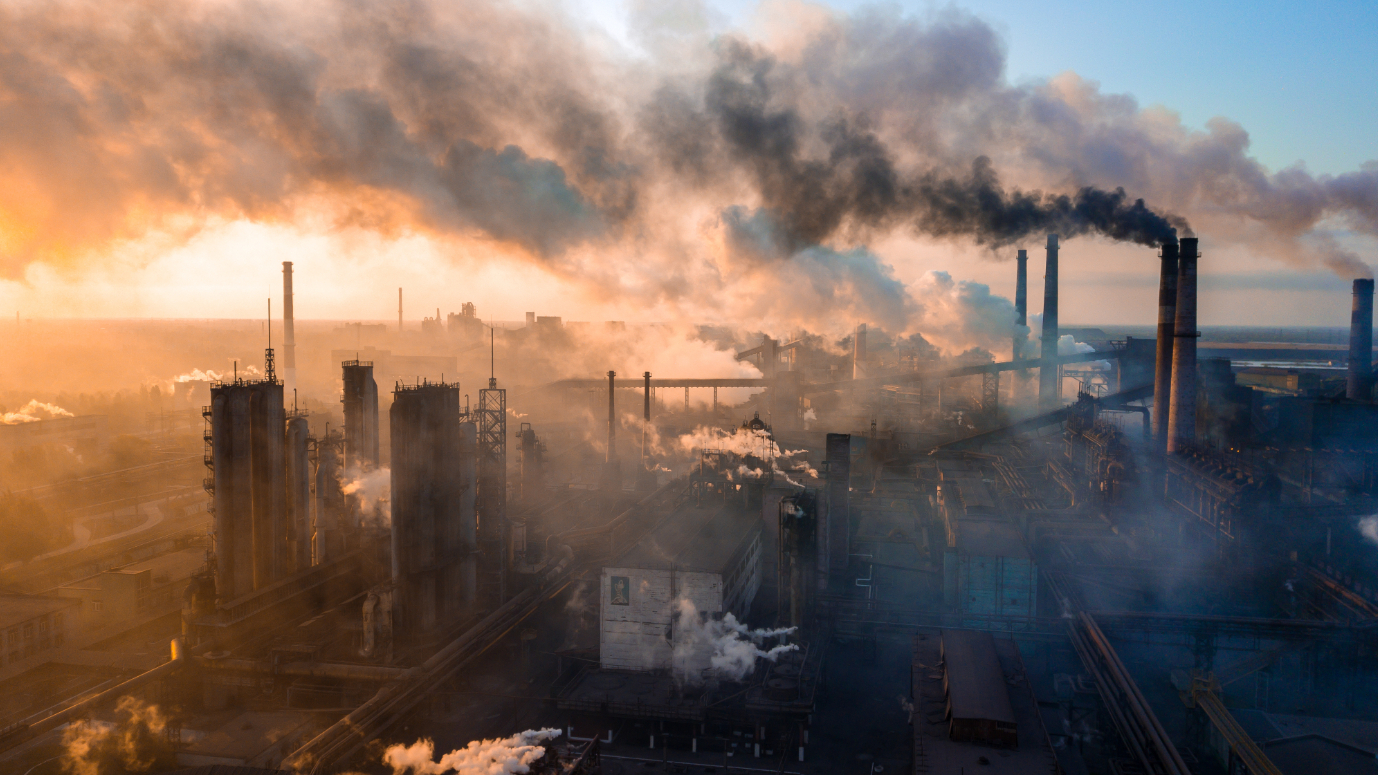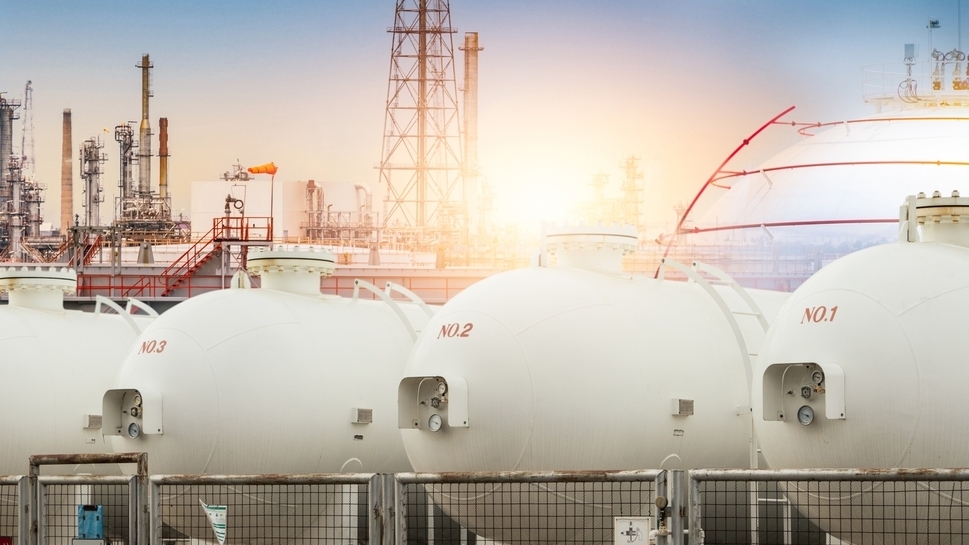
Ireland’s carbon emissions jumped 4.7% in 2021
The data, reported under the UN SDG on climate action, is a setback for the nation’s attempt to achieve its carbon-reduction targets.
Ireland’s carbon emissions were 4.7% higher in 2021 than the previous year, according to the country’s Central Statistics Office (CSO).
This jump is a setback for the nation’s target of a 51% reduction in its carbon emissions by 2030.
While the year-on-year jump can be in part explained by the stringent lockdowns imposed in 2020 due to the pandemic, the emissions for 2021 were also 1.1% higher than in 2019.
The CSO report pointed to a “significant increase” in emissions from the energy industries sector due to a tripling of coal and oil use in electricity generation in 2021, with increases also seen in the agriculture and transport sectors.
The report was commissioned as part of Ireland’s commitment to UN Sustainable Development Goal (SDG) 13, which pledges climate action.
The planet is clearly heating up rapidly and we need to take action quickly.
Ireland’s recent climate change policy action
Last month, the Irish Assembly reached agreement on sectoral emissions ceilings, which set maximum limits on greenhouse gas emissions for each sector of the Irish economy to the end of the decade.
As a sector breakdown, 37.5% of Ireland’s carbon emissions come through agriculture, 17.7% through transport, 16.7% through energy industries, 11.4% through residential uses, and 7.5% through manufacturing combustion such as boilers, gas turbines and stationary engines.
The largest reductions are planned for electricity, in which the Irish government wants a 62-81% drop compared to 2018 levels, while agriculture is to require a 22-30% drop in emissions.
On the sector ceilings legislation, minister for the environment, climate and communications, Eamon Ryan, said: “We’ve seen this summer how temperatures across Europe have soared and tens of thousands of people have been evacuated because of wildfires.
“The planet is clearly heating up rapidly and we need to take action quickly. By setting these targets, across six critical sectors of our economy, Ireland is stepping up to the plate in reducing our impact on an increasingly fragile planet.”
Ireland’s global role
Ireland’s emissions were 61.5 million tonnes of carbon dioxide equivalent in 2021.
Ireland’s contribution to the UN Framework Convention on Climate Change (UNFCCC) was €89.2m in 2020, up from €70.2m in 2019. This is also known as the contribution to the international $100bn commitment for climate finance under the UNFCCC.




